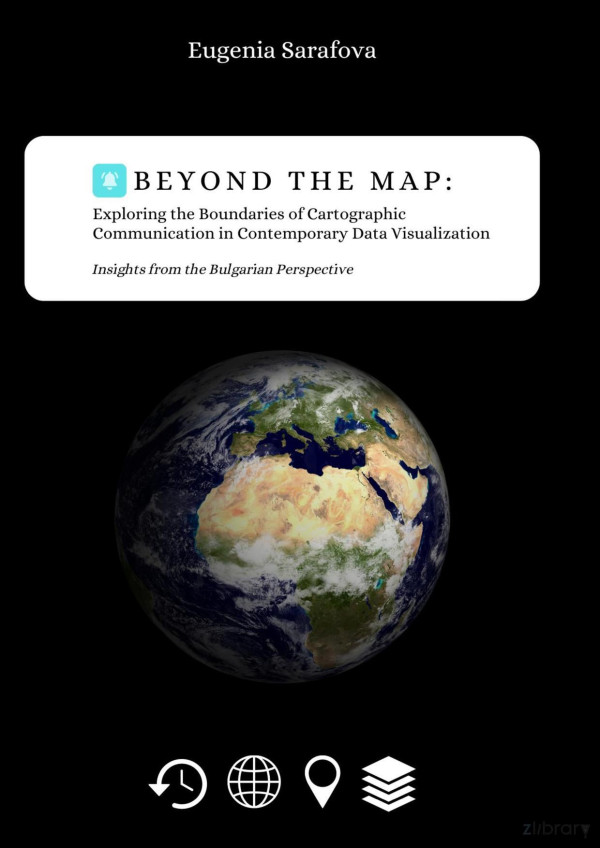

Most ebook files are in PDF format, so you can easily read them using various software such as Foxit Reader or directly on the Google Chrome browser.
Some ebook files are released by publishers in other formats such as .awz, .mobi, .epub, .fb2, etc. You may need to install specific software to read these formats on mobile/PC, such as Calibre.
Please read the tutorial at this link. https://ebooknice.com/page/post?id=faq
We offer FREE conversion to the popular formats you request; however, this may take some time. Therefore, right after payment, please email us, and we will try to provide the service as quickly as possible.
For some exceptional file formats or broken links (if any), please refrain from opening any disputes. Instead, email us first, and we will try to assist within a maximum of 6 hours.
EbookNice Team

Status:
Available4.4
17 reviewsDivided into four meticulously researched chapters, the book covers:
Evolution overview of Cartography and Data Visualisation: A detailed overview of the progression of mapping techniques across cultures and epochs, including the significant contributions of Eastern, Greek, Roman, and Islamic cartographic traditions.
Cartography and Data Visualisations - Theoretical Foundations: An exploration of the visual variables, methods, and cognitive principles that underpin effective map design, with a special focus on the unique contributions of Bulgarian and Western cartographic literature.
Data Quality and Cartographic Design Principles: Insightful analysis of the influence of data quality, modern data sources, and design choices on the effectiveness of cartographic communication, including practical discussions on color theory, typography, and map projections.
Future Directions and Emerging Trends: A forward-looking examination of the emerging tools and technologies—such as AI, big data, and digital storytelling—that are set to redefine the future of cartography and data visualization.
With its blend of historical insights, theoretical rigor, and practical guidance, Beyond the Map is an essential resource for geographers, data scientists, designers, and anyone interested in the intersection of spatial data and visual communication. Dr. Sarafova’s work not only chronicles the past but also paves the way for future innovations in the field.